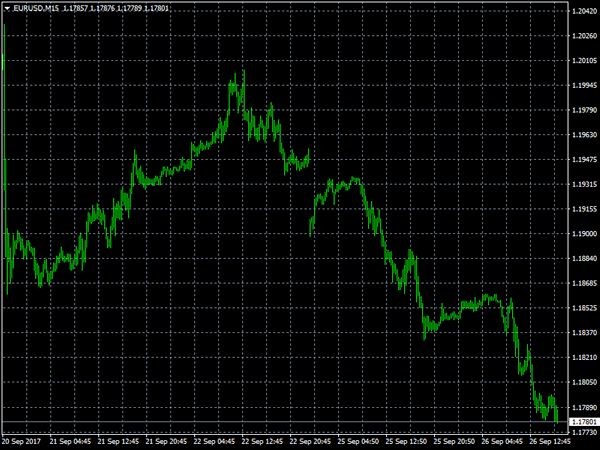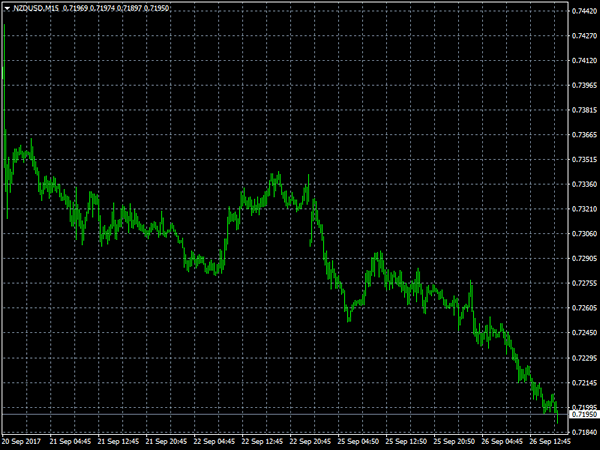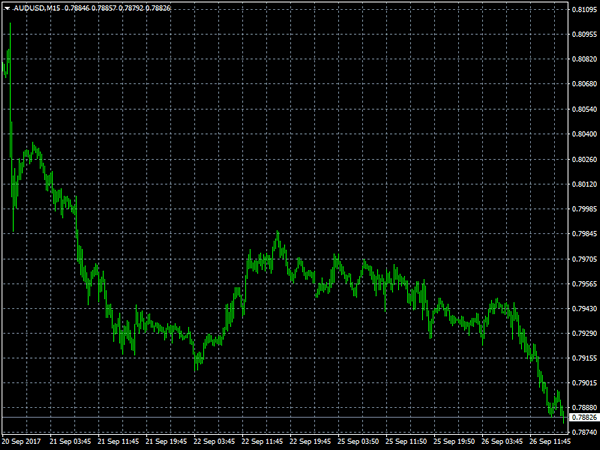In today’s trading the euro fell to a ten week low at 0.8756 against the pound, and to a one month low against the US dollar, continuing its recent wave of losses after the German Elections. Germany’s elections reignited political uncertainty in Europe which had been put aside by the financial markets following the French presidential elections. Traders are concerned that Angela Merkel’s party will be forced to form a tricky three way coalition with the Greens and liberal FDP, and also to get support of far right AfD. The euro’s fall is also supported by the unwinding of long euro positions by investors.
Recently we’ve seen the US dollar strengthen as investors grow more optimistic about the next interest rate increase by the Federal Reserve. Last week the Fed gave signals that it is expecting to increase the interest rate again this year and three times next year despite the weakness in inflation. According to CME group data, investors are now expecting a 68% chance that the Fed will raise rates in its next meeting, previously it was 58%. The increase in expectation on the rate hike will support dollar’s upside movement by making US assets more attractive to Yield seeking investors.
In yesterday’s trading the Swiss franc and Japanese yen rose sharply after the increase in tensions between North Korea and the United Stated when North Korean’s foreign minister announced that the US had declared war on North Korea and that North Korea would consider all options. The US dollar was down 0.3% against the yen and Swiss franc.
Earlier today the New Zealand dollar slid downwards after the decrease in its business confidence index. The Australia NZ (ANZ) bank survey showed a decrease in the business confidence index to Zero in September as compared to 18.3 in August. According to the ANZ the increase in household incomes, high commodity prices and expansionary fiscal policy should mitigate any worries from the disappointing report. The bank’s activity outlook index also dropped to 29.6 from 38.2.
EURUSD
The EURUSD slid downward yesterday and is still expected to continue its downside movement. The relative strength index is bearish and signaling more downside movement. The pair is trading around today’s low at 1.17794 and crossed below the previous week’s low at 1.18606, which is playing a resistance role now. So, as long as price is below 1.18606 (the previous week’s low) expect a new level test at 1.1725 and even 1.1661 (last month’s low) is more likely to occur. Alternatively, if the price moves above 1.18606 (previous week’s low) look for 1.1936 (yesterday’s high) and 1.20306 (previous week’s high).

NZDUSD
NZDUSD is under pressure. The pair is trading at today’s lowest level around 0.7194 and expected to continue the movement. Today’s high is playing a major resistance role at 0.7276. Even the technical rebound cannot be ruled out but its extent would be limited. As far as the price remains below 0.7276 (today’s high) look for a new decline toward 0.7130 (last month’s low) and 0.7100. Alternatively, if price moves above 0.7276, look for the next targets at 0.7326 (yesterday’s high) and 0.7433 (last week’s high).

AUDUSD
AUDUSD is also under pressure and expected to remain on the downside. The technical outlook of the pair is bearish as it is capped by the declining trend line. The declining 20 day period moving average and 50 day moving average are maintaining the downside movement. The relative strength index also lacks upward momentum. The pair is trading below 0.79730 (yesterday’s high) which is playing a major resistance role now. As far as the price remains below 0.79730 look for a new decline with targets at 0.7835 and 0.7807 (last month’s low). Alternatively, if the price moves above 0.79730 look for upside targets at 0.80421 (last month’s high) and 0.81027 (last week’s high).













